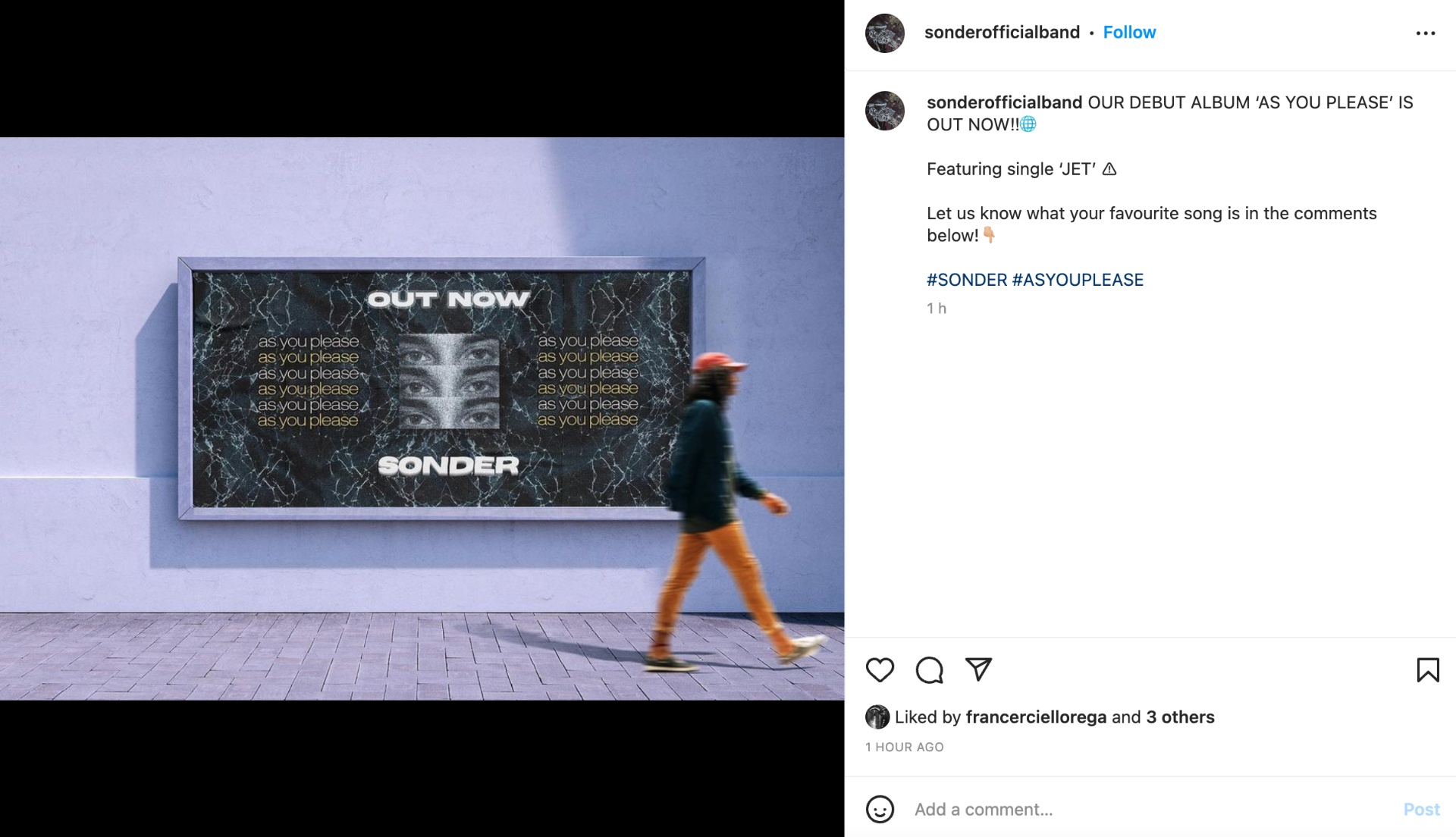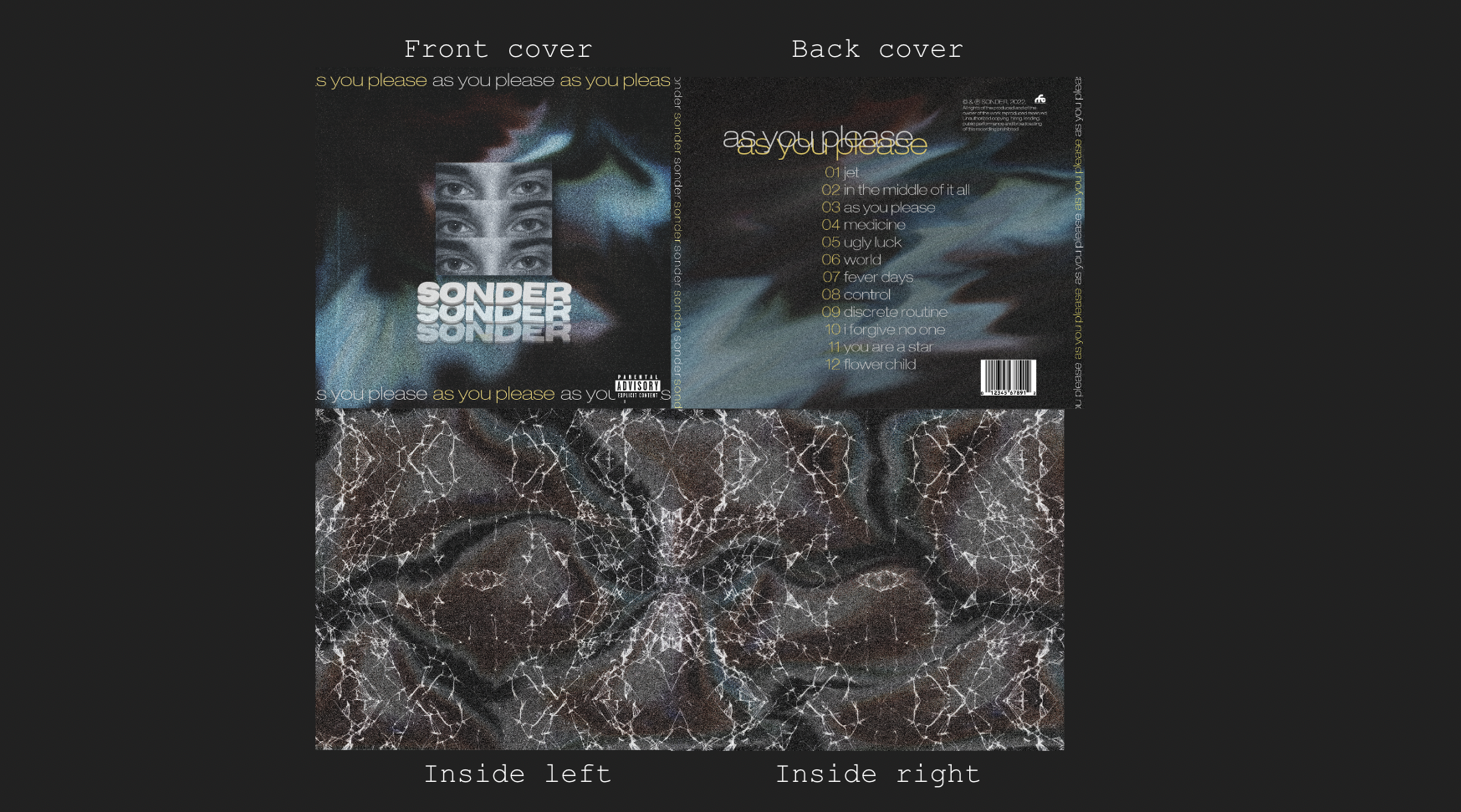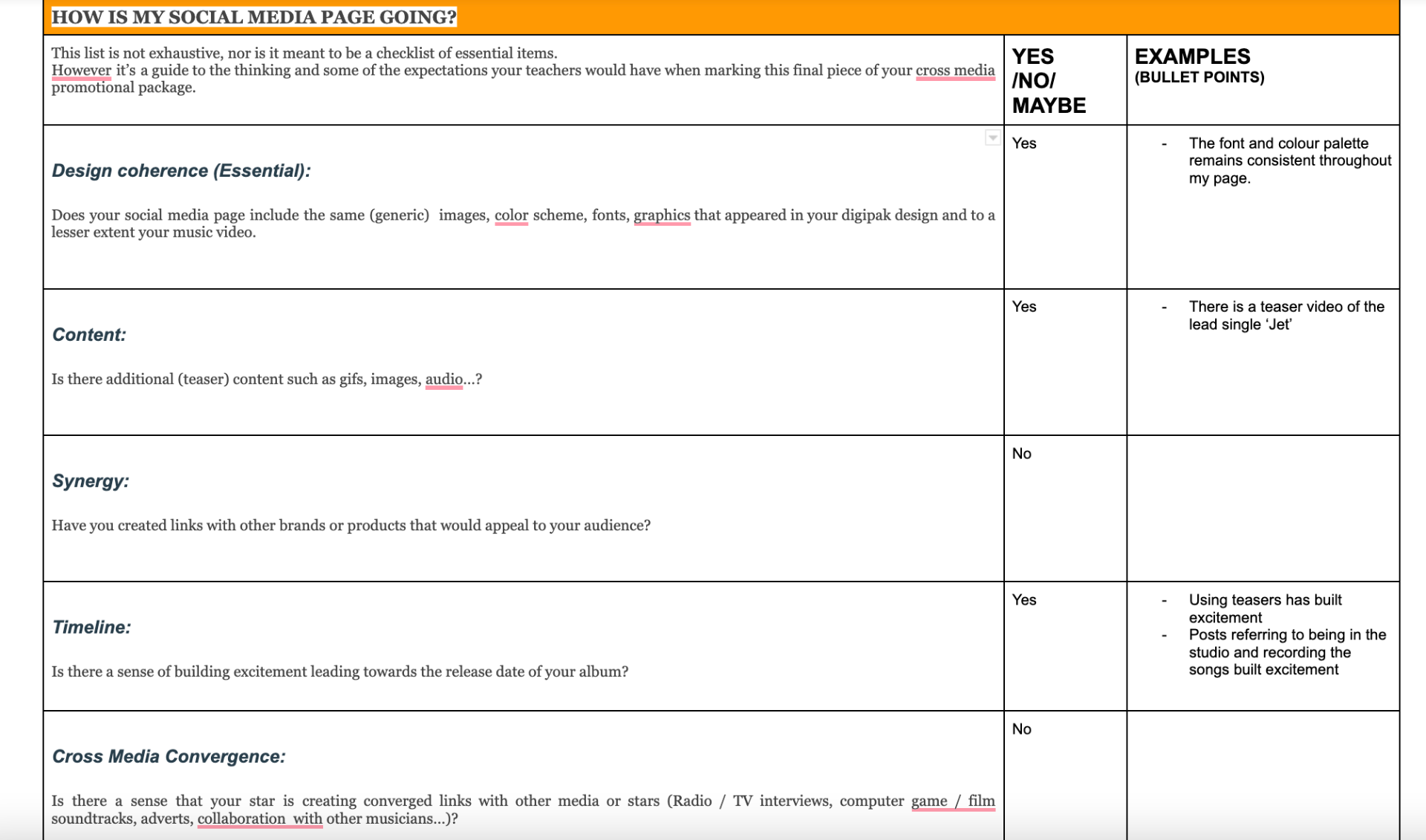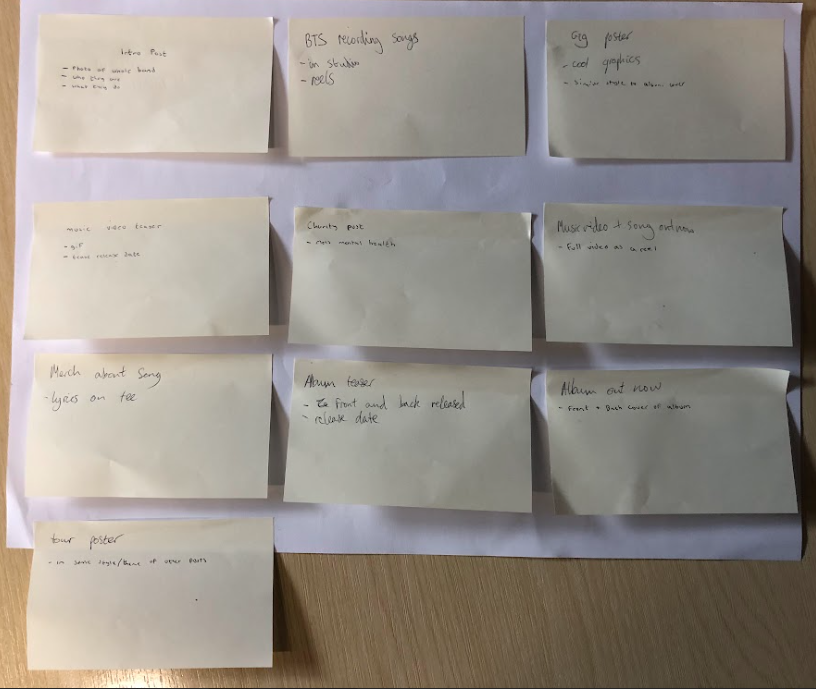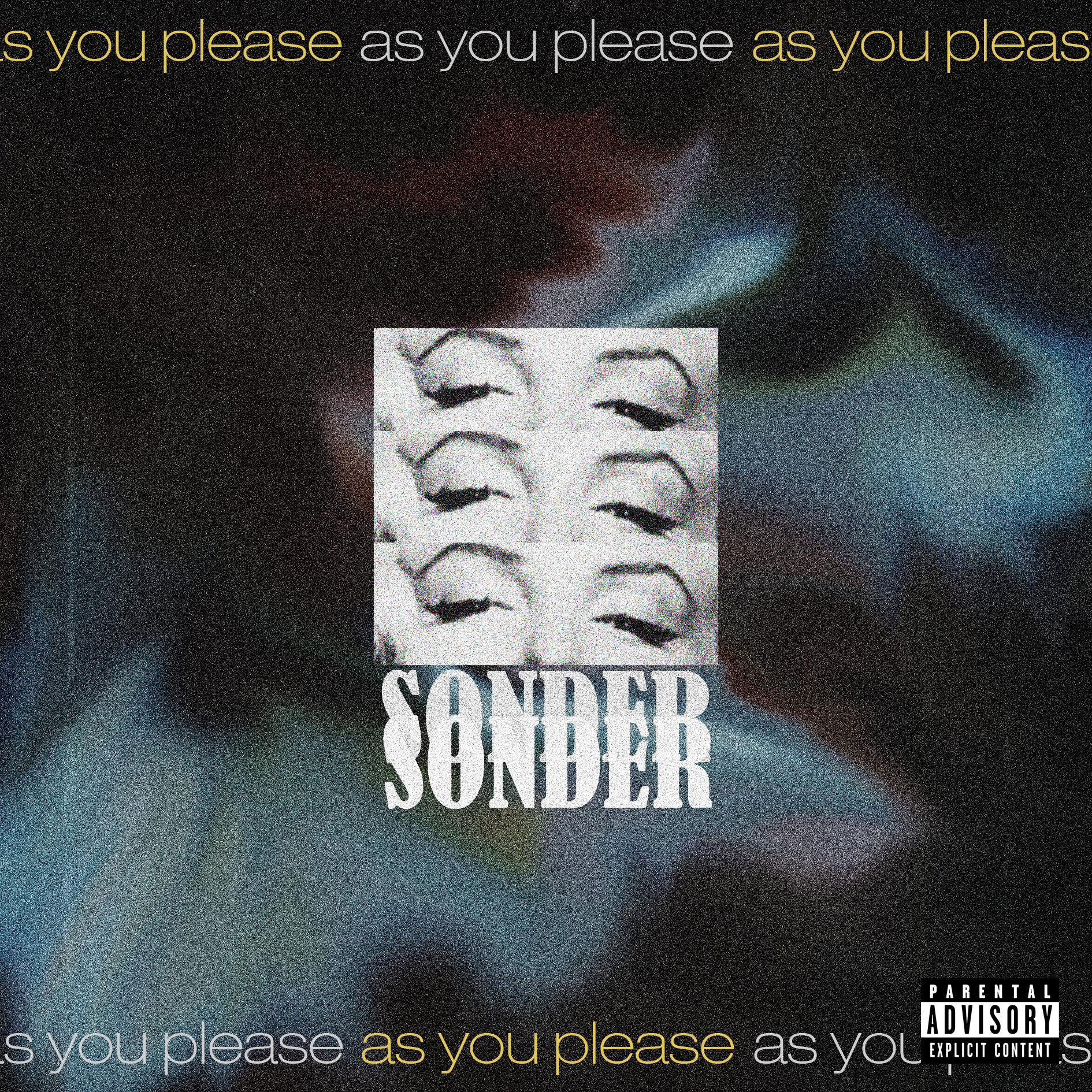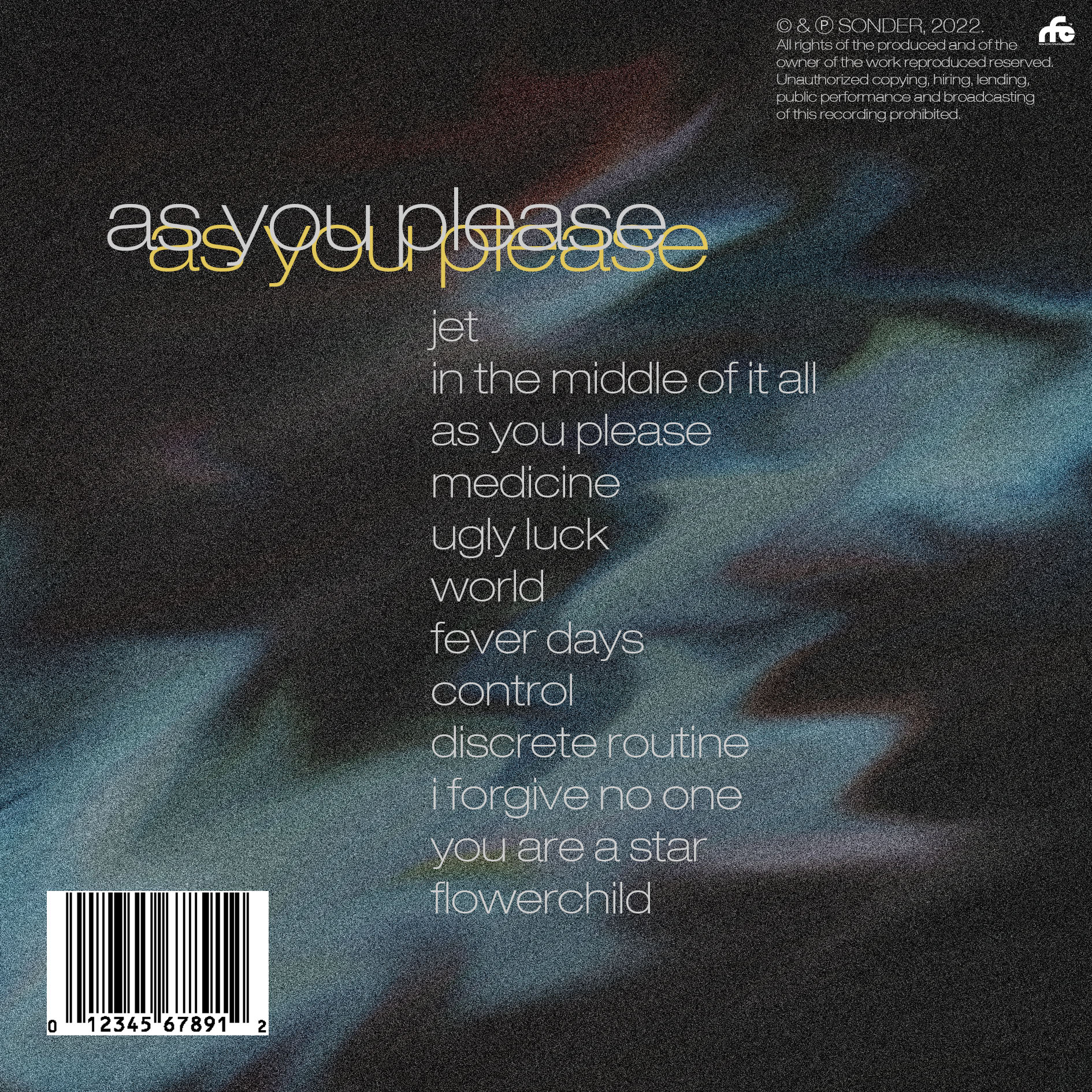CCR3
How do the elements of your production work together to create a sense of ‘branding’?
How did your research inform your products and the way they use or challenge conventions?
How do your products represent social groups or issues?
How do your products engage with the audience?
Coherence and continuity across all products are vital to constructing the brand image of the artist. Prior to starting the production process, we stated in our mission statement that we want to create a brand image that ‘makes a positive difference, provides a visual and musical experience, innovative media, and is relatable and enjoyable whilst allowing the audience to express themselves beyond what society deems normal’. It was important that across all of our branding that this message was consistent and accurately represented our star as both ordinary and extraordinary, as explored in the ‘paradox of the star theory’ (Dyer). Our music video and Digipak help portray our brand as sombre, intense and emotional. This was done through the use of low-key lighting and dark colour palettes, which helped signify (De Saussure) the band’s trademark sub-genre of punk. This representation is carried throughout into the social media page, however, providing a contrast to the typical characteristics of the branding. Whilst we still aimed to portray the band as more introspective, we contrasted that with some colloquial language as well as more humorous aspects, more specifically in our stories/highlights to allow the audience to relate to the band and create an ordinary star image. We also used a modern typeface in our digipak with distorted effects, contrasted with grainy textures in order to reinforce the ‘vintage-but-modern’ aesthetic that we were aiming for in our brand image. The contrast of the typeface to the general aesthetic reflected the music by aligning with how the music is intense and fast-paced but the lyrics are more low-key and sombre.
We researched professional pop-punk music videos and they had a convention of performance-based, energetic videos. They often featured handheld shots as well as lowkey, neutral clothing and conventional MES such as instruments and microphones. An example of one of the videos we researched was ‘Kept – Movements’. What we liked a lot about this video was the vintage, grungy connotations it had, through the use of low-key lighting, antique MES like paintings and old wallpaper, whilst contrasting the vintage feel by using modern post-production effects. These are referred to as the repertoire of elements (Lacey) and present the audience with a certain combination of conventions that demonstrate to the audience the genre of the video. This is argued by Altman to be the blueprint for pop-punk music videos. In our video, we tried to conform to the genre conventions, as researched, and we are relatively happy with the outcome. We planned to have more of a narrative in our video, but fortunately, the genre conventions allowed us to get away with a more performance-driven video because that is commonly seen for our genre. Due to our genre having many subgenres, it allowed us the opportunity to experiment and have creative freedom as most things could be argued as conventional for pop-punk. From our research, we included handheld shots in our video to convey an energetic mood, as well as using large amounts of post-production effects like overlays and glitch effects to further add to the energy. This was contrasted by less camera movement and effects during calmer moments in the video which helped convey the theme of emotion and loneliness throughout the video.


After having researched how the star image is typically presented in pop-punk, we concluded that across all branding, the star was rarely the centre of attention. This meant that our digipak production had to include more graphic design elements rather than an image of the star, as well as a large focus on representing the genre. We aimed to do this by using appropriate media language like colour palettes and typefaces. Typically, the artwork and branding reflect the emotions the music conveys, and although not necessarily featuring the artist, their album artwork still has to represent the artist to some extent. For example, more youthful, rebellious and party bands may opt for a more colourful colour palette and unique, stimulating graphics which reflects their aggressive, upbeat music. Alternatively, if the artist’s music was more stern and carried more emotional content, the colour palette and visuals would reflect that, which is the route that our Digipak followed. The star not being the centre of attention gives connotations of the star being more absent and extraordinary (Dyer). Due to the focus not being on the star image, it was more important to focus on representing the genre. Dark colour palettes with ambiguous patterns across the panes helped convey a gloomy feel which reflects the emotional lyrical content of the album’s songs. As well as this, a modern, lowercase sans-serif typeface helped reflect the mysterious feel of the album, whilst also acting as a cultural code (Barthes) by giving the Digipak a modern, industrial feel.


A successful social media page is one that spreads awareness of the artist to reach their target demographic and psychographic (Hall). For our artist, this would be teenage/ young adults, predominantly male, that have interests in alternative music. As well as this, it should allow their audiences to engage with the page to create social interaction, entertainment and give information regarding the artist (Blumler & Katz). From our research of bands in our genre, such as Citizen and Movements, we concluded that although at face value the music was serious and carried deep meaning, social media was an aspect of the artist that allowed the audience to see a different side to the band. In order to keep the brand image, it was important to include some posts that mirror the content of the music, however, it gave us the opportunity to potentially open up to the audience and show a more immature, fun or ordinary side of the band, which contrasts the sombreness of the music. This links to the ‘paradox of the star’ theory (Dyer) as it demonstrates the artist as both extraordinary, but also ordinary, just like the audience. One of the ways entertainment and personal identity were achieved was through the use of colloquial language. Informal language such as ‘tunes’ and ‘guys’ allows the audience to connect more deeply with the artist because that is the type of language the audience would use day to day. This portrays the artist in an ordinary light which results in increased relatability between the audience and the artist. Whilst remaining entertaining, information was also presented on the social media page in the form of teasers and gig posters. These forms of content present information about release dates and future concerts whilst incorporating entertaining elements. If the information was presented in an uninteresting manner, it would risk being rejected by the audience because they require stimulation in the form of interesting visuals to engage them and retain their attention. Additionally, interesting posts can inspire the audience to comment and share the post more than they would if the post wasn’t aesthetically pleasing. Shirky suggests that the erosion of boundaries in social media allows for audiences to interact with the artist far more than what was previously achievable in older forms of media, such as newspapers and television advertisements. Social media thrives off of the interaction between the artist and the audience and relies heavily on the artist to provide content, and the consumer to take the role of a prosumer and contribute to the posts through the comments and direct messaging features on social media platforms. This is a relatively new dynamic between the artist and the audience, as previously the audience would consume the media without contributing.
